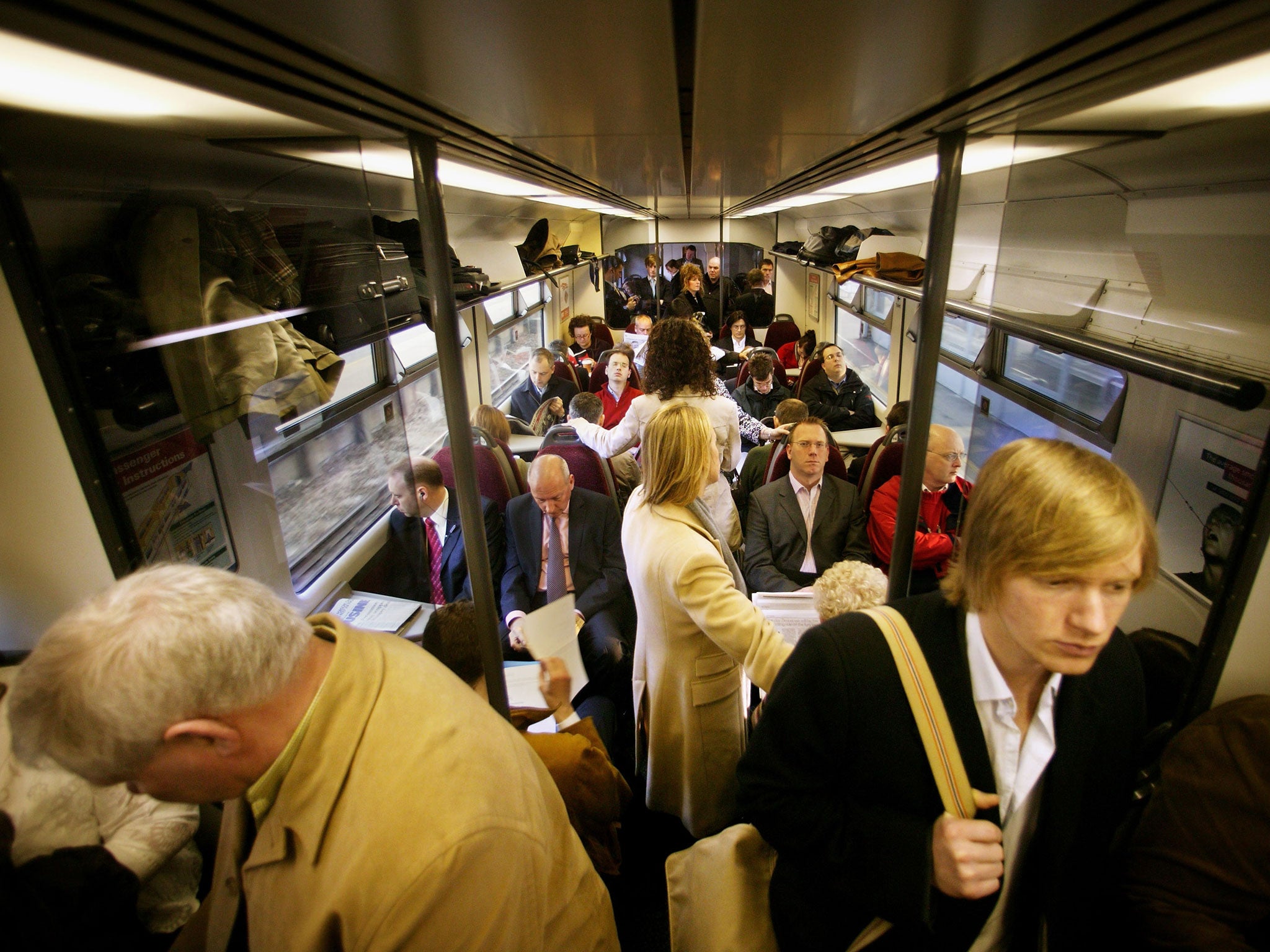Train operators must warn passengers about overcrowded services

Train operators must warn passengers about chronically overcrowded services, the Government says.
The Transport Minister, Norman Baker, is demanding a “traffic-light” system to help travellers plan to avoid the most crowded departures.
Several train companies, including London Midland and Greater Anglia, already provide some information for passengers. For stations on routes into London Euston and Birmingham, London Midland colour codes services - red, amber or green - depending on how crowded they are.
The train operator's website includes a section called "Finding a Seat", with station-specific information about the likelihood of having to stand on rush-hour services. From Milton Keynes to London, for example, the 7.30am and 7.55am are coded red for "standing room only," while slower services before and after have a green symbol, indicating "plenty of seats".
The Department for Transport is keen for this approach to be rolled out nationwide.
Mr Baker described the practice as: "An important tool for allowing passengers to make informed choices about which trains to travel on, and convincing those passengers who can change their travel patterns to do so."
A spokesman for the Association of Train Operating Companies said: "As train companies, we want our passengers to enjoy a comfortable journey, which is why many operators already provide information about which services are busiest. Compared to the mid-90s, there are now 4,000 more services a day but we will continue working with the DfT to get longer and more frequent trains on to the railway."
Join our commenting forum
Join thought-provoking conversations, follow other Independent readers and see their replies
Comments